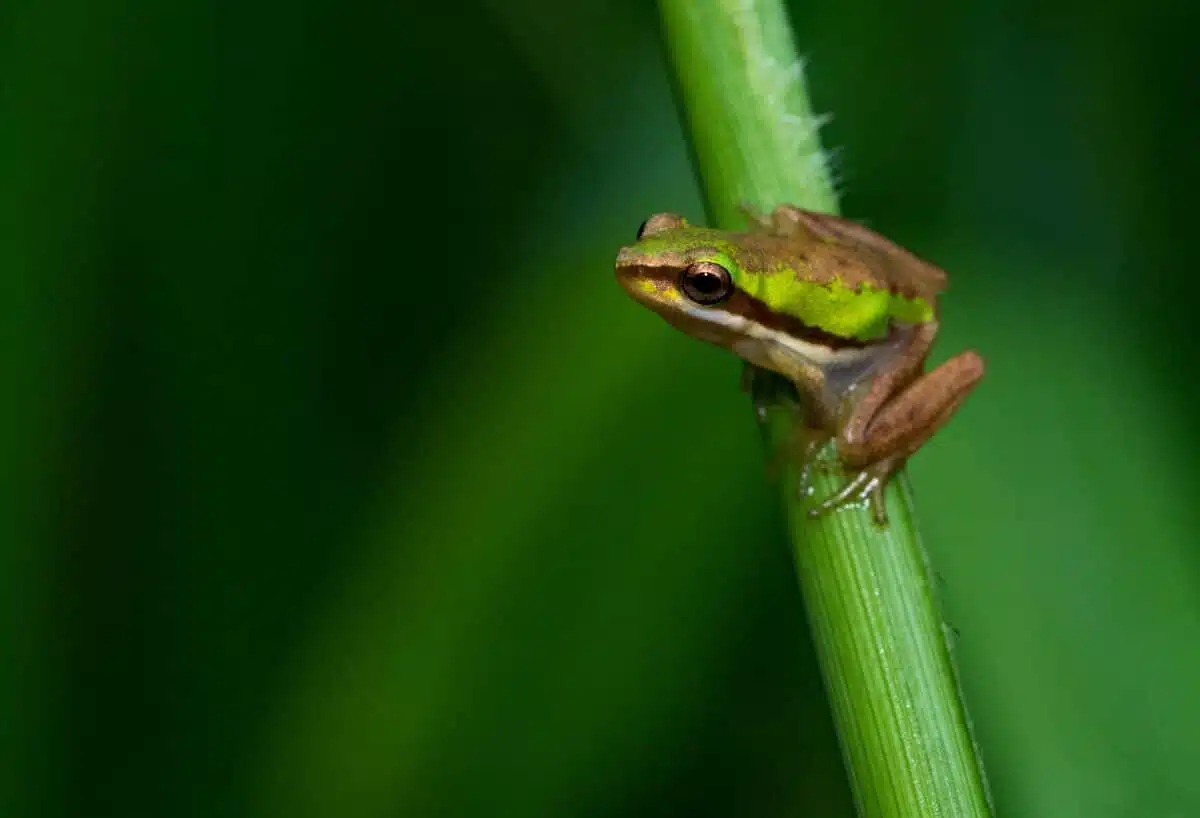Welcome to the world of frogs! Do Frogs Eat Each Other?
They are exploring the Shocking Truth About What These Predators Feast On. Let’s hop right in! Have you ever wondered what your favorite slimy amphibian likes to munch on? Do they prefer a plant-based diet, or are they meat lovers?
Prepare to have your mind blown because the answer is not as straightforward as you might think. These fascinating creatures have an appetite that will surprise you. Their diet is so diverse; it’s almost hard to believe! From juicy insects to unsuspecting birds, and even their kin, frogs are the ultimate predators of the animal kingdom.
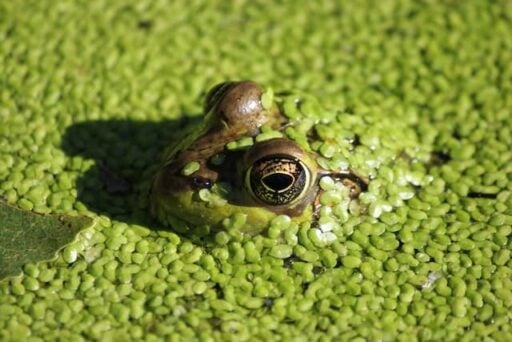
But what’s even more impressive is the way they catch their prey. These agile creatures use so mind-boggling tactics it’s no wonder they’re revered in many cultures worldwide.
So, if you’re ready to uncover the truth about what frogs eat and how they do it, keep reading! Trust us; you won’t be disappointed.
Also have a look at the cute Baby Axolotl.
Get ready to be amazed because we’re about to dive deep into the world of frog food!
Want to hop ahead? Click below
Why Knowing What Frogs Eat Is Important
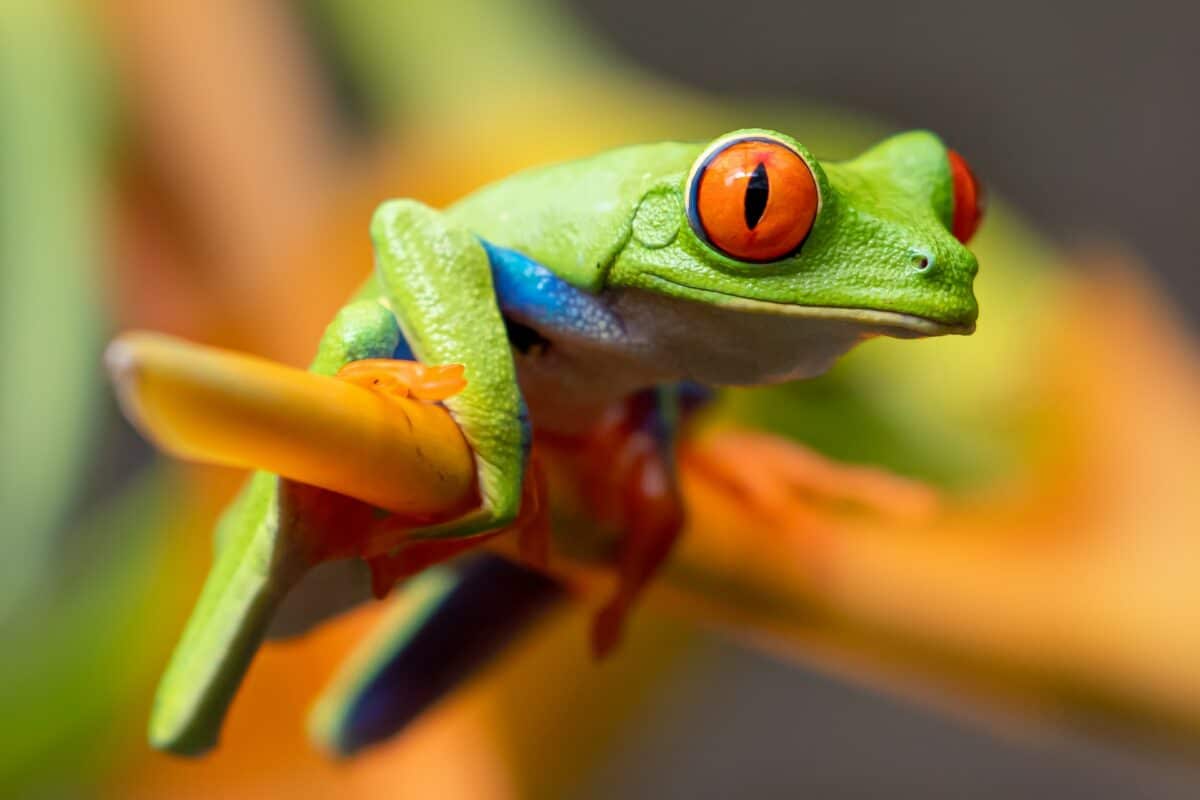
Listen up, fellow frog enthusiasts, because we’re about to dive into the importance of what these slimy creatures eat. It’s not just about their survival but also about the survival of their ecosystem.
You know what they say, “you are what you eat,” and that couldn’t be truer for our amphibian friends. Their diet is diverse and fascinating, and it plays a crucial role in the balance of their environment.
Think about it, without suitable prey, these predators can’t thrive, and without them, their predators can’t survive either.
It’s a delicate dance, and frogs are the lead. Understanding their diet can help us better appreciate and protect these remarkable creatures. Let’s not forget the thrill of uncovering their ingenious hunting techniques and jaw-dropping prey!
As we reveal the ins and outs of what fuels these slimy athletes, buckle up! We’re about to uncover the secrets of frog food and why it matters.
The Different Types of Food That Frogs Eat
Frogs are opportunistic predators that will eat almost anything that moves, sometimes even things that don’t. They consume insects, spiders, snails, worms, small fish, and even mammals, such as mice and shrews. Their diet also includes other frogs, which may seem cannibalistic, but is a natural part of their ecosystem.
But wait, there’s more! Frogs also eat plants, such as algae and water lilies. This may seem counterintuitive, given their reputation as predators, but it’s an essential part of their diet. These plants provide vital nutrients that help frogs survive and thrive.
Specific Types of Food for Different Species of Frogs
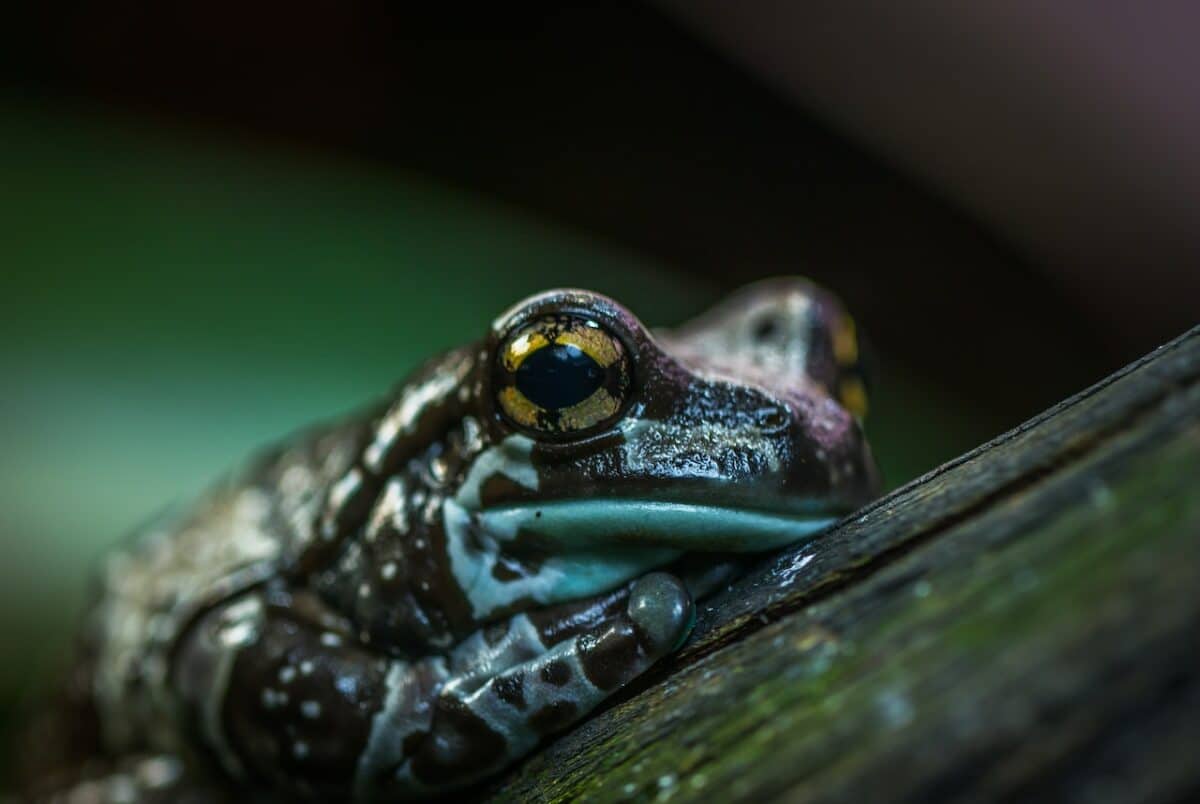
Different species of frogs have unique dietary requirements depending on their size, habitat, and lifestyle.
For example, the African Bullfrog consumes small mammals, birds, and snakes. These robust amphibians have powerful jaws that can crush their prey with ease. On the other hand, the Red-Eyed Tree Frog prefers a diet of insects, such as crickets, flies, and moths.
These agile creatures are known for their remarkable hunting skills and can capture prey with lightning-fast reflexes.
Some species of frogs have evolved to eat specific types of prey.
The Fire-Bellied Toad, for instance, eats ants and termites primarily. These tiny insects are abundant in their natural habitat and provide the toad with essential nutrients.
On the other hand, the Poison Dart Frog consumes a diet of small invertebrates, such as mites, springtails, and beetles. These insects are a vital source of alkaloids, which the frog uses to produce toxic skin secretions.
How Do Frogs Catch Their Food? Unraveling the Sneaky and Ingenious Hunting Techniques of These Predators
Get ready to be amazed, frog enthusiasts, because we’re about to dive into the world of frog hunting techniques. From lightning-fast tongue projection to crafty ambush tactics, these amphibians have evolved an impressive array of methods to catch their prey.
- Tongue Projection: The Speedy Method of Snapping Up Prey
If you thought your tongue was quick, wait to see how frogs use theirs. Some species, such as the Chameleon Tree Frog and the Northern Leopard Frog, have evolved a remarkable tongue projection technique.
When a frog spots its prey, its sticky tongue snaps it up in a fraction of a second. The tongue can reach a length of up to twice the frog’s body size and is launched with incredible speed and precision.
- Ambush: The Clever Method of Luring in Prey
Not all frogs are built for speed, but they make up for it with their crafty ambush tactics. These frogs typically have a camouflage that blends in with their surroundings, making them almost invisible to their prey.
They then lie in wait for an unsuspecting victim to come within striking distance and then pounce with lightning-fast reflexes. The Green Frog and the American Bullfrog are excellent examples of ambush predators.
- Pursuit: The Bold Method of Chasing Down Prey
If you thought frogs were all about waiting for their prey to come to them, think again. Some species, such as the African Clawed Frog and the Spring Peeper, are pursuit predators. These frogs are built for speed and agility, and they chase down their prey with lightning-fast movements.
They use their powerful legs to leap and bound after their target, never giving up until they catch it.
What Do Frogs Like the Most? Unraveling the Secrets of Frogs’ Favorite Foods and Habits
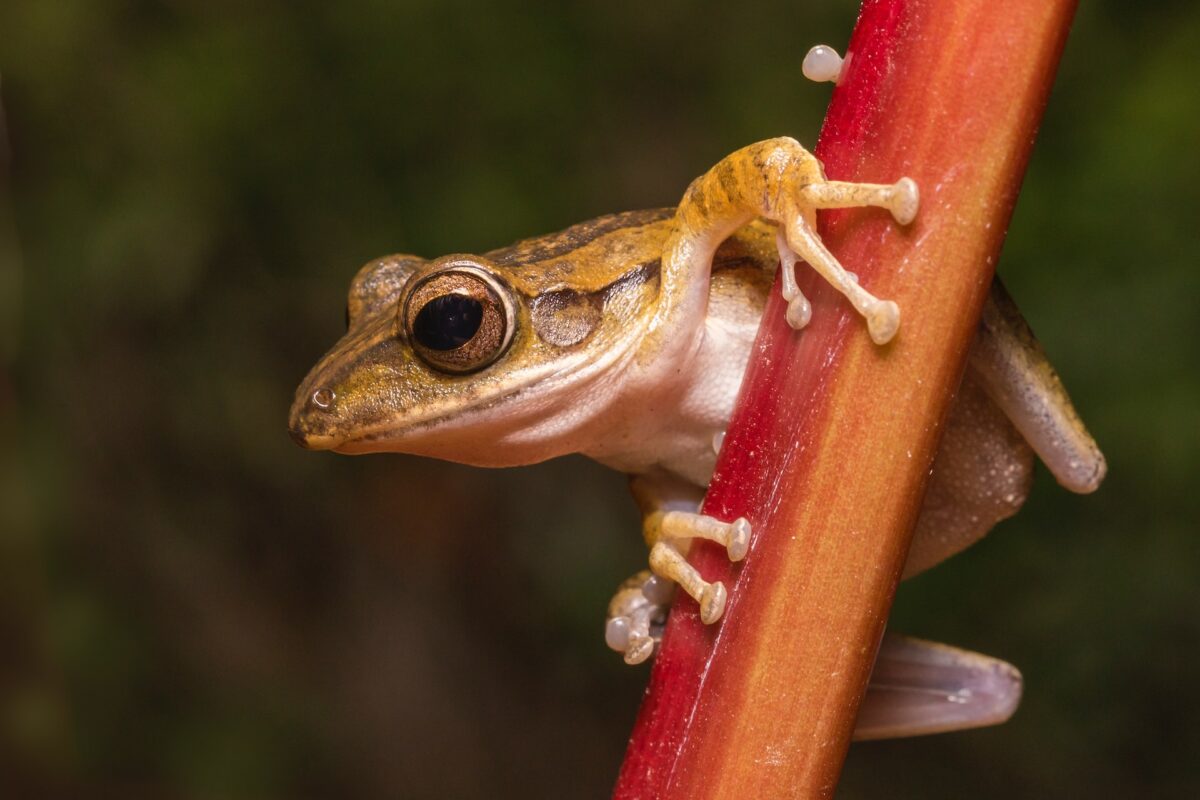
Have you ever wondered what your favorite frog likes to eat? Or what their favorite habitat is? Look no further because we’re about to dive deeply into the world of frog preferences.
From insects to water temperature, these amphibians have a range of likes and dislikes that will leave you surprised.
Let’s uncover the secrets of frogs’ favorite foods and habits!
- Insects: The Ultimate Delicacy for Most Frogs
It’s no secret that most frogs are insectivores. They particularly like insects such as flies, mosquitoes, and crickets.
Insects are a rich protein source, providing the energy frogs need to survive. Some frogs, such as the African Bullfrog, even go to extreme lengths to catch their prey, using their burrowing skills to trap unsuspecting insects underground.
- Water: The Lifeline for Aquatic Frogs
If you thought all frogs were alike, think again. Some frogs prefer to live in water, while others stick to land. For aquatic frogs, water is a lifeline, and they have specific preferences for the water they inhabit.
For example, the Red-eyed Tree Frog prefers cool and free-flowing water, while the Dwarf African Frog prefers warmer and still water.
- Temperature: The Sweet Spot for Frogs
Frogs are cold-blooded creatures, which means they rely on their environment to regulate their body temperature. They have specific temperature preferences and will migrate to find the sweet spot for their species.
Some frogs prefer cooler temperatures, while others like it hot. For example, the Boreal Chorus Frog thrives between 0-20°C, while the Cuban Tree Frog prefers warmer, between 20-30°C.
Why Understanding Frogs’ Preferences Matters (why you should care?)
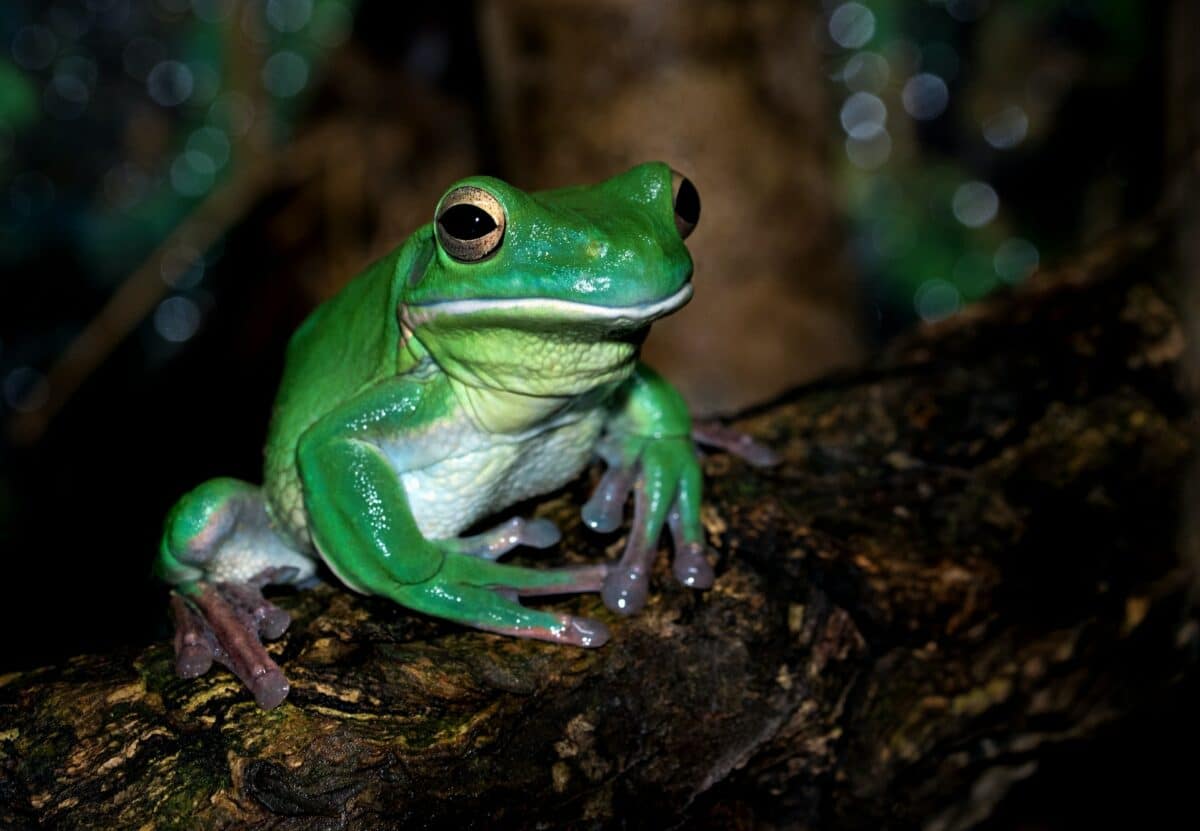
Understanding what frogs like the most is not just fascinating, but it also has practical implications. Knowing their favorite foods and habitats can better protect them and their ecosystems.
We can also improve our understanding of the complex relationships between frogs and other organisms in their habitats.
How Long Can Frogs Go Without Food? The Astonishing Survival Tactics of Our Amphibian Friends
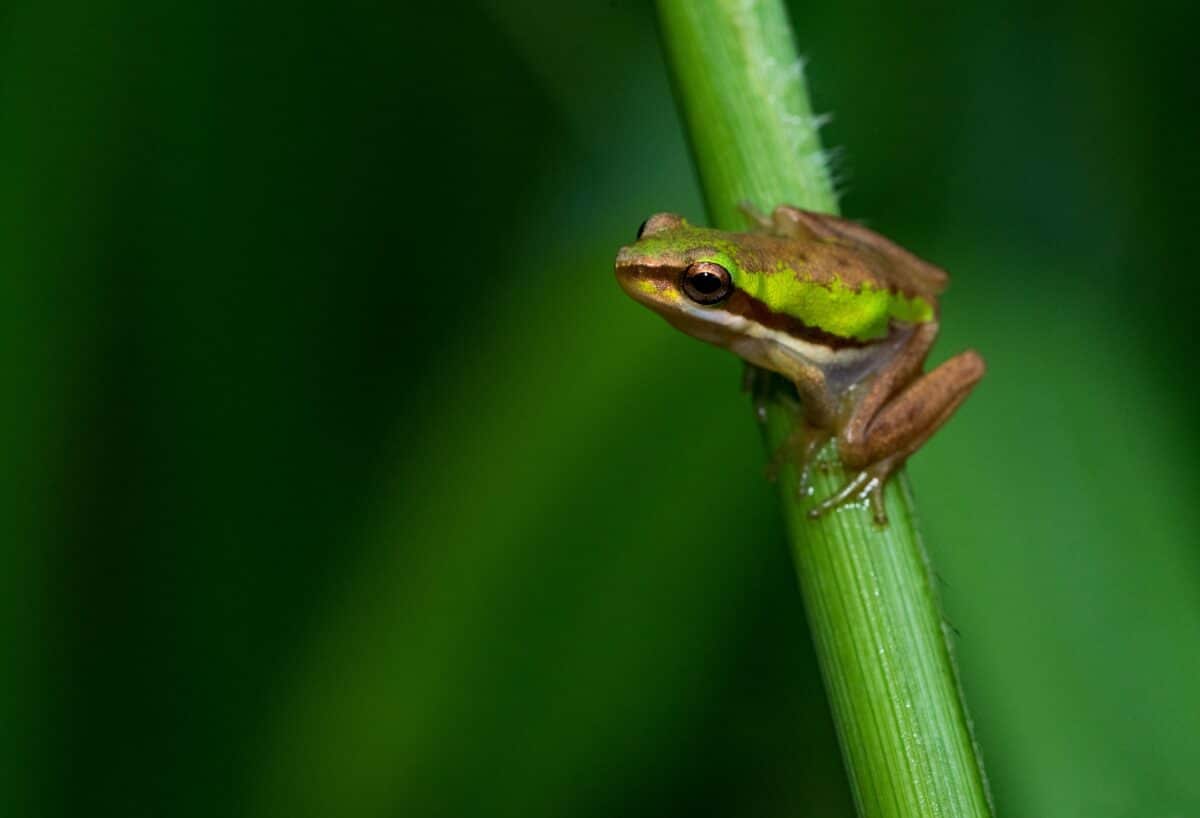
Have you ever wondered how long a frog can survive without food? When it comes to these resilient amphibians, the answer may surprise you.
Frogs have evolved unique survival tactics to help them go without food for extended periods, enabling them to endure harsh environments and long periods of drought.
Let’s look at how long frogs can go without food and how they accomplish this astonishing feat.
- A Tough Nut to Crack: The Challenge of Finding Food in Harsh Environments
Frogs face the constant challenge of finding food in their natural habitats. They are often at the mercy of their environment, with food sources fluctuating with the seasons, climate, and water availability. In drought, when food sources are scarce, frogs must resort to extreme measures to survive.
- Slowing Down the Metabolic Rate: The Key to Surviving Long Periods Without Food
One of the ways frogs survive without food is by slowing down their metabolic rate. This means that they can conserve energy and survive long periods without eating.
Some species of frogs have been known to go for months without food, while others can survive up to a year without eating.
Did you know that some frogs can slow their metabolism by up to 90% when food is scarce?
The wood frog, for example, can reduce its metabolic rate to a fraction of its normal rate, allowing it to survive being frozen solid during the winter months without food or water. This remarkable ability has earned them the nickname “frost frogs”.
- Fat Reserves: A Backup Plan for Frogs
Another way frogs survive without food is by relying on their fat reserves. These reserves act as a backup plan, providing frogs with the energy they need to survive when food sources are scarce. This is especially important for species that hibernate during the winter months or endure extended periods of drought.
Did you know that the Australian water-holding frog, also known as the desert frog, can store up to 25% of its body weight in fat reserves? These reserves can sustain the frog for up to five years without food or water, allowing it to survive in the harsh Australian desert.
- Cannibalism: A Last Resort for Some Frog Species
Do frogs eat each other?
In some cases, when food is scarce, frogs may resort to cannibalism to survive. While this may sound gruesome, it is a common survival tactic for some frog species.
For example, the tadpoles of the strawberry poison dart frog have been known to feed on the eggs and tadpoles of other frog species when food is scarce.
What Happens If You Touch a Frog Without Gloves?
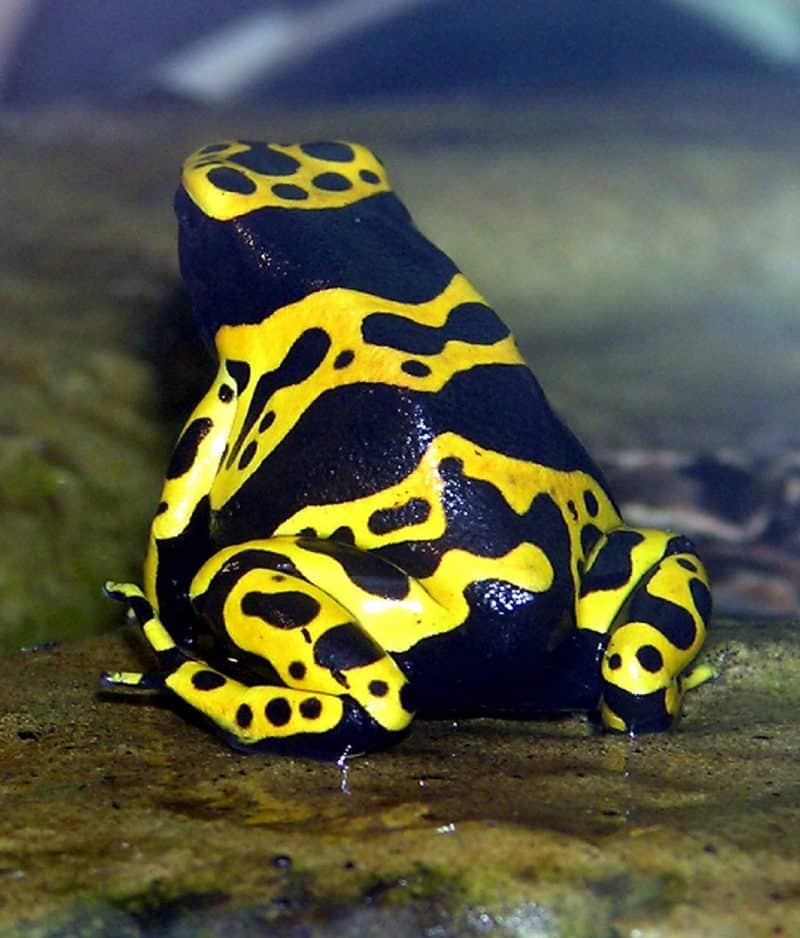
Frogs are fascinating creatures; many people love observing them in their natural habitats. However, have you ever wondered what would happen if you touched a frog without gloves?
While some people may think it’s harmless to touch a frog, some risks are involved.
The Risks of Touching a Frog Without Gloves
One of the main risks of touching a frog without gloves is that you can harm the frog. Frogs have delicate skin that is sensitive to human touch. When you touch a frog, you can damage its skin, which can cause infections and other health problems.
Additionally, some species of frogs have toxic skin secretions that can be harmful or even deadly to humans.
The Importance of Gloves
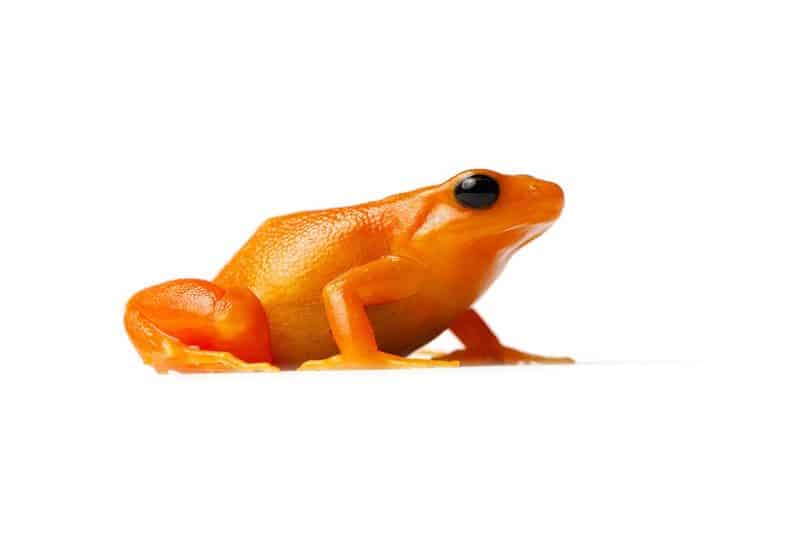
Gloves are essential for anyone who wants to interact with frogs safely. By wearing gloves, you can protect yourself from the harmful effects of frog skin secretions and avoid damaging the frog’s delicate skin. Additionally, gloves can help prevent the spread of disease between different frog populations.
What to Do if You Touch a Frog Without Gloves
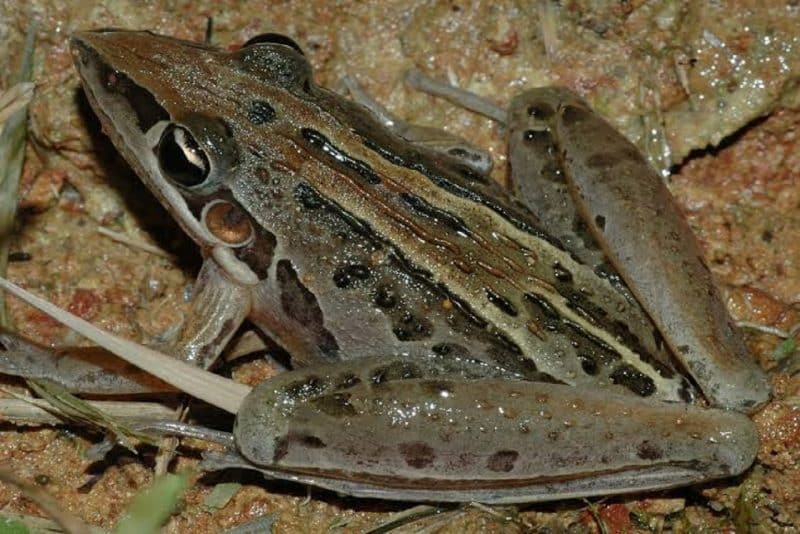
If you accidentally touch a frog without gloves, it’s essential to wash your hands thoroughly with soap and water as soon as possible. See medical attention immediately if you experience any unusual symptoms, such as rashes, redness, or swelling.
Fascinating Trivia
- Frogs have a unique defense mechanism called “reflex bleeding.” When threatened, they can release a toxic secretion from their skin that makes them taste bad to predators.
- Some species of frogs can change color to blend in with their surroundings. This is known as “crypsis.”
- The largest frog in the world is the Goliath frog, which can grow up to 13 inches in length and weigh up to 7 pounds.
- Frogs have a third eyelid, called a “nictitating membrane,” which helps protect their eyes when they swim.
- In some cultures, frogs are considered symbols of good luck and prosperity. In others, they are seen as omens of bad luck or even evil.
Where Do Frogs Sleep?
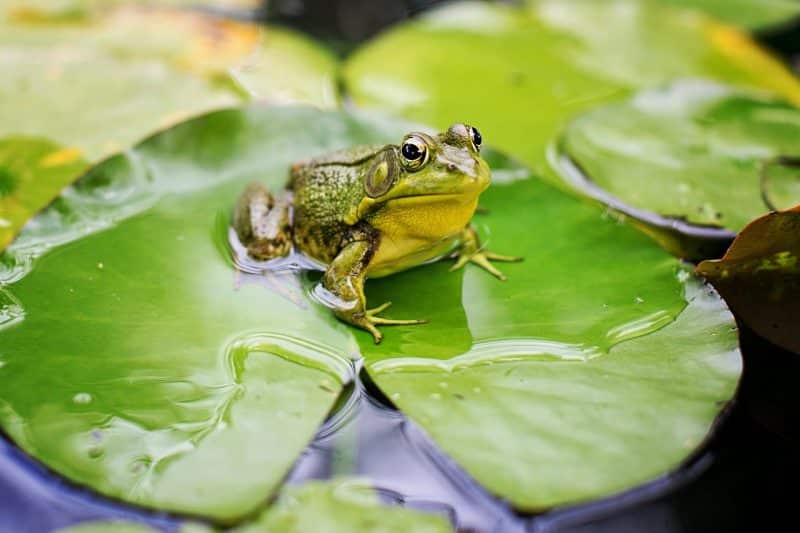
Frogs are fascinating creatures that have captured the imaginations of people worldwide. If you’ve ever wondered where frogs sleep, you’re not alone!
In this section, we’ll explore the places frogs call home when it’s time to catch some Zs.
The Different Places Frogs Sleep
Frogs are incredibly adaptable creatures, and they can sleep in various places. Some frogs prefer to sleep in the water, while others sleep on land. Some frogs even create sleeping spaces, such as burrows or nests.
Many frogs are nocturnal, which means they are most active at night. During the day, they may hide under rocks, crevices, or vegetation to avoid predators. Some frogs even use their front legs to burrow into the ground or hide in leaf litter.
Others prefer to sleep in trees or on plants. These have adapted special adhesive pads on their toes that allow them to stick to surfaces and stay in place while they rest.
Fun Facts
- Some can inflate their bodies to make themselves look more extensive and more intimidating to predators.
- The smallest frog in the world is the Paedophryne amanuensis, which measures just 0.3 inches in length.
- They are essential indicators of the health of ecosystems. Their sensitivity to environmental changes makes them a valuable tool for scientists studying pollution and other ecological threats.
- Some species have translucent skin, allowing you to see their organs and eggs.
- The red-eyed tree frog is one of the most recognizable frog species, with its bright green body, red eyes, and blue and yellow stripes on its sides.
Can You Get Poisoned from Touching a Frog?
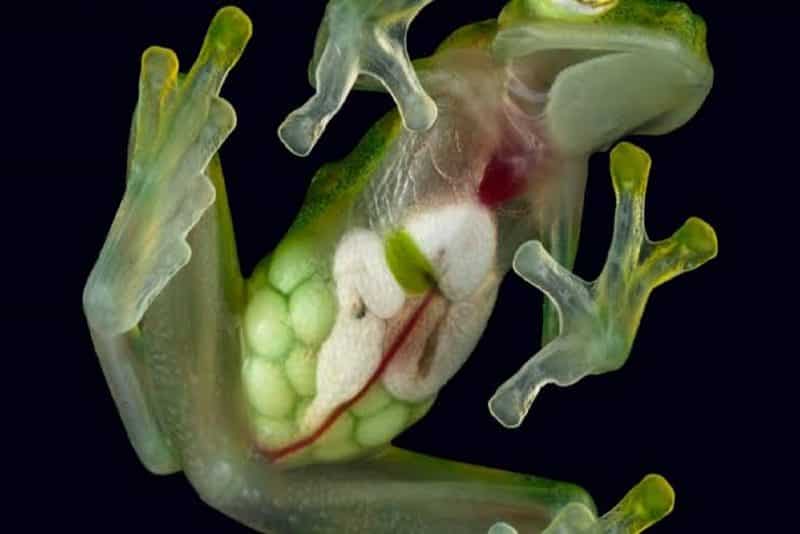
Frogs are incredible creatures in various shapes, sizes, and colors. While they are generally harmless to humans, some frog species have toxic skin secretions that can be dangerous or even deadly. In this section, we’ll explore whether or not you can get poisoned from touching a frog.
Toxic Frogs
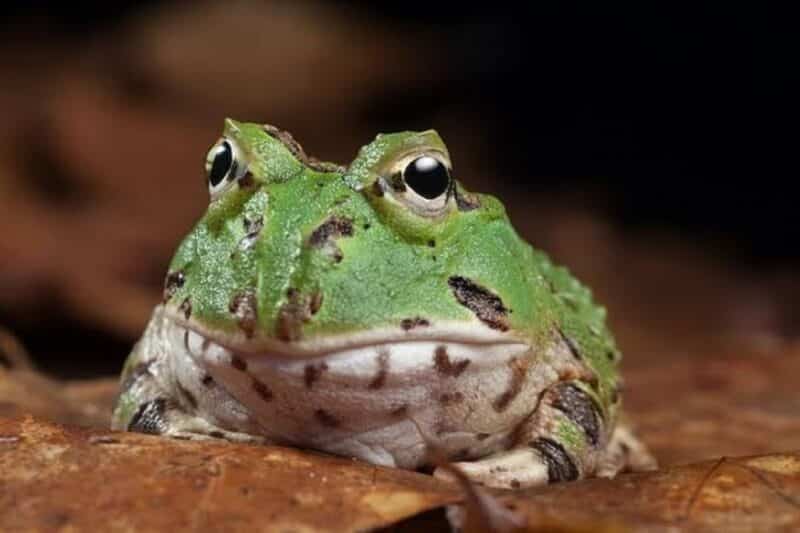
Several species of frogs are known for their toxic skin secretions. These use these secretions as a defense mechanism to deter predators. If a predator tries to eat a toxic frog, the predator will experience unpleasant symptoms, such as vomiting or convulsions.
While some species are highly toxic, others are relatively harmless. Brightly colored ones are more likely to be toxic than dull-colored ones. However, it’s important to remember that not all brightly colored ones are toxic, and not all dull-colored ones are safe to handle.
How to Avoid Getting Poisoned
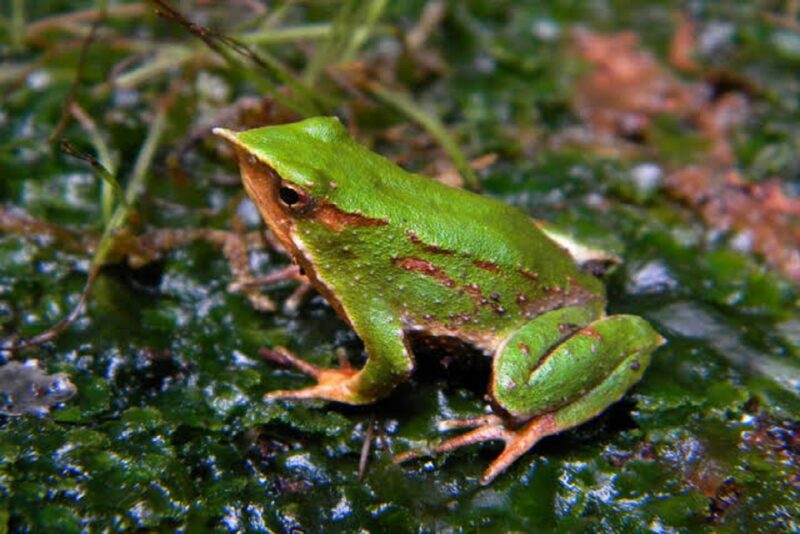
If you’re interested in handling them, taking precautions is essential to avoid getting poisoned. One of the most effective ways to protect yourself is to wear gloves when handling them.
Additionally, avoiding touching your face or mouth after handling a frog is essential, as this can increase the risk of exposure.
If you come into contact with a toxic frog, washing the affected area with soap and water is essential as soon as possible. See medical attention immediately if you experience unusual symptoms, such as nausea, vomiting, or rash.
Did you know?
- Some species can change their skin color due to different environmental conditions, such as temperature or humidity.
- They have excellent eyesight and can see almost 360 degrees.
- The oldest known frog fossil dates back to the Triassic period, more than 200 million years ago.
- The poison dart frog gets its name from the indigenous peoples of South America, who used the frog’s toxic
Do Frogs Drink Water Through Their Skin?
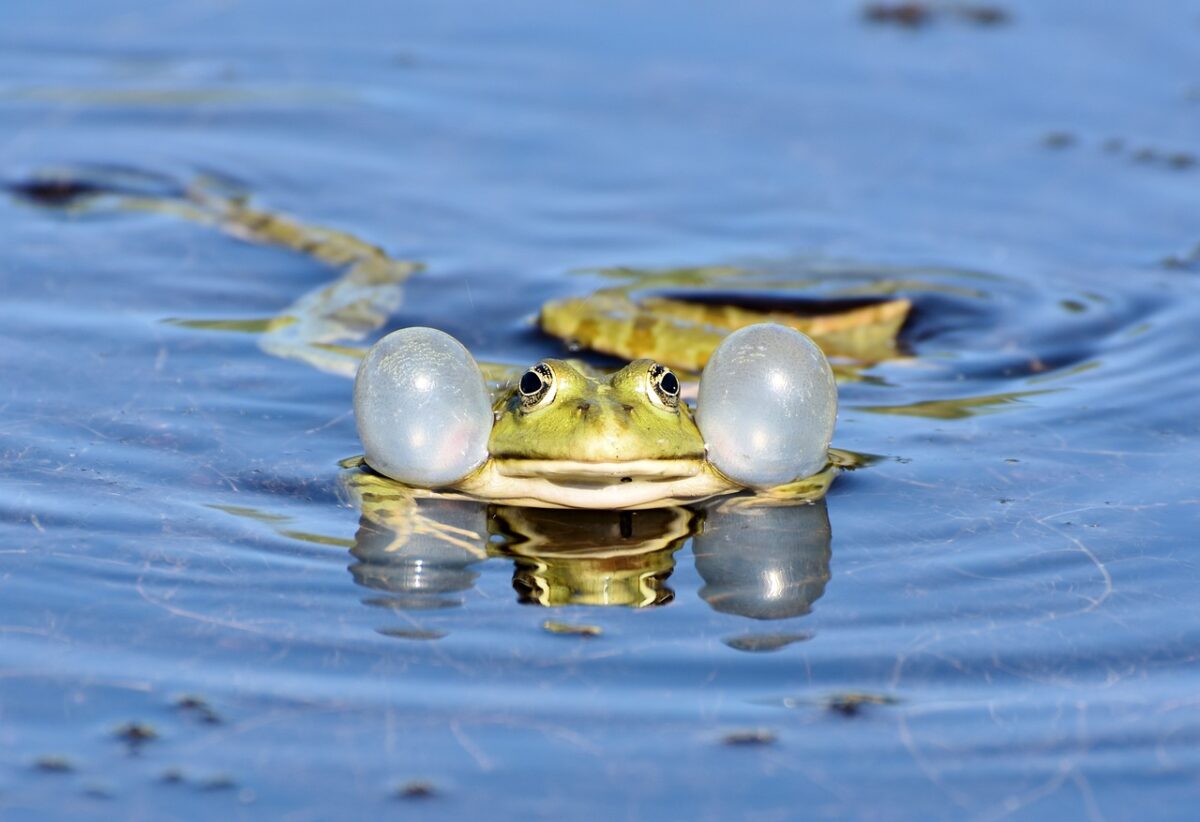
Do you ever wonder how frogs stay hydrated without access to water bottles or ponds? It’s no secret that water is essential for all living things, including frogs, to survive. However, did you know that some of them have a unique way of staying hydrated?
Tag along!
How Do Frogs Stay Hydrated?
They don’t drink water like humans or other animals. They need to keep their skin moist to absorb water and breathe efficiently. Their skin is permeable, meaning that they can absorb and release moisture through their skin.
This unique characteristic allows them to stay hydrated without drinking water.
Skin Function
A frog’s skin serves many purposes, one of which is to regulate its body temperature. This function is crucial because frogs are cold-blooded, meaning their body temperature depends on their surroundings.
By staying hydrated, they can regulate their body temperature more efficiently. In addition, their skin also serves as a protective barrier against predators, disease, and injury.
Drinking Water Through Their Skin?
Although frogs don’t drink water like humans, some species can absorb water through their skin. A frog in a moist environment, such as a damp forest floor or near a pond, can absorb water through its skin.
The process of absorbing water through the skin is called cutaneous water absorption.
Wrapping Up on What Frogs Eat
The world of frogs and their eating habits is both fascinating and complex. While we may typically associate them with insects and small animals, it’s essential to understand that they can consume various foods, including other frogs.
These predators have adapted a range of techniques to catch their prey, from the chameleon frog’s lightning-fast tongue projection to the African bullfrog’s stealthy ambush tactics.
Despite their impressive hunting abilities, it’s important to remember that frogs face predators and environmental challenges. By learning more about these fascinating creatures, we can better appreciate their role in our ecosystems and take steps to protect their habitats.
Thanks for following along with us! Next up, Discover Cute Frogs and Discover 4 Chameleons Who Give Live Birth.
Join our Forum for free today!

- Beachgoers Save Massive Shark Stranded In Florida - July 22, 2024
- Pit Bull Rescued From Being Chained Its Whole Life Gets A Surprise - July 21, 2024
- Dog With Zoomies Takes Flight Into Barley Field - July 21, 2024

